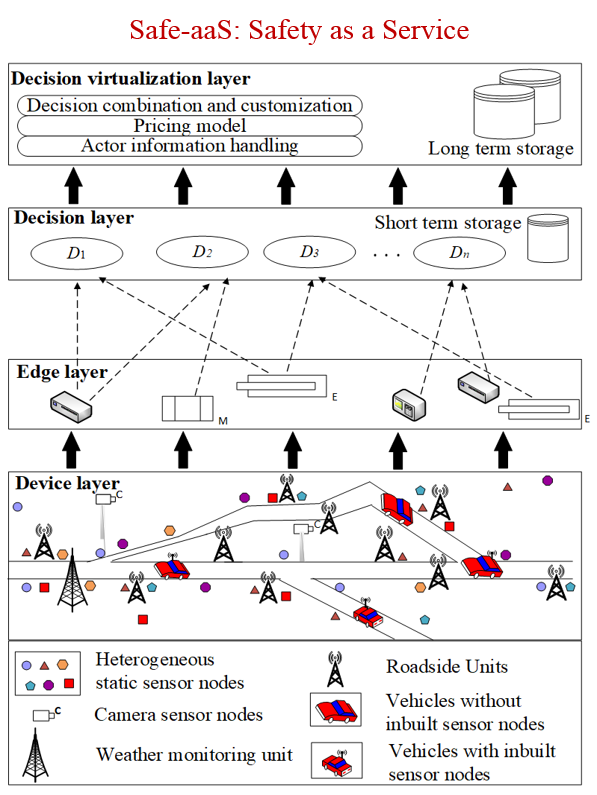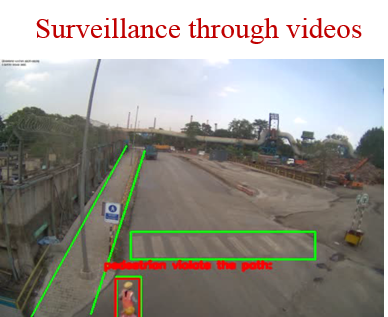Transportation safety involves the development and implementation of technologies, processes and systems developed to minimize risks and potential hazards and incidents involved in transportation operations. This encompasses road, railway, marine, air and space transportation. Transportation safety involves the reduction of collisions, derailment, capsizing, crashes and explosions by ensuring that vehicles adhere to acceptable standards of risk management, hazard mitigation and reliability. This is achieved by the development of safety regulations, procedures and technologies to ensure that the transportation vehicles operate in a zone of acceptable risk.

Road plays an important role in the transportation system for carrying people and goods around the globe. The statistics of road accidents in India from the year 1970 to 2018 is shown in Fig. 1. According to the World Health Organization (WHO), approximately 1.3 million people die every year worldwide due to road accidents. According to Annual Global Road Crash Statistics, nearly 4.7 lakhs injuries happen due to road crashes in India in the year of 2018-2019. Therefore, road crashes become one of the leading causes of deaths globally. This problem becomes much worsen under the pressure of an increasing number of vehicles commuted on road. Road crashes, however, cannot take place at random. There must be a chain of pre-events that leads to the occurrence of road crashes. To minimize the number of road crashes, two tasks are required to be performed: i) detection of abnormality in pre-events (i.e., cause of road crashes), and ii) corrective actions should be undertaken before the crashes happen. Timely precautionary measures can save human lives and enhance the level of road safety. Therefore, an automatic surveillance system is becoming more popular of late, which is increasingly deploying machine learning (ML) methods to analyze the pre-events, events, and post-events scenarios.

The potential strengths related to the implementation of video surveillance system in road could be numerous to enhance road safety in both reactive and proactive ways. In terms of reactive approach, video technology may be useful to collect the road crash data. The availability of huge amount of images for a crash may help the analyst to understand the nature of road crash and to identify the most effective corrective actions or apply traffic rules to avoid its reoccurrence. Moreover, real-time monitoring may support the emergency management and allow timely detection of road crashes that can cause harm to people. On the other hand, video surveillance systems may be useful to augment road safety in proactive manner, i.e., not waiting for the road crashes to happen but trying to detect the anomalous pre-events to prevent them. Therefore, video surveillance system for road safety management in proactive way is more useful than reactive way.
Widely used proactive safety management approach is based on behavior-based safety (BBS) method. Here, the subjects (i.e., people) are enforced to train about the safe practices, thereby reducing the probability of accidents. As video clips are rich source to examine safety performance and provide many advantages with respect to live observation, the concept of BBS can be incorporated in video surveillance system to prevent the occurring of pre-events; thereby reducing the number of accidents. Videos may also be used for training process to see the nature of the behavior of unsafe practices of traffic scenarios and modify the traffic rules to reduce the number of accidents. However, there are some possible drawbacks of applying video surveillance in road safety management system. After detecting the abnormality in traffic scenarios (i.e., pre-events), video surveillance system can automatically generate the alarm in the control room. Then, safety professionals should take corrective action to prevent the accident. In this way road safety can be improved.